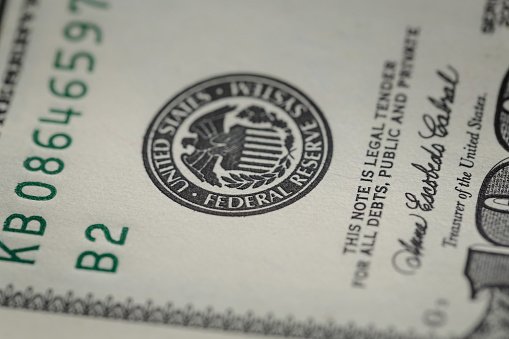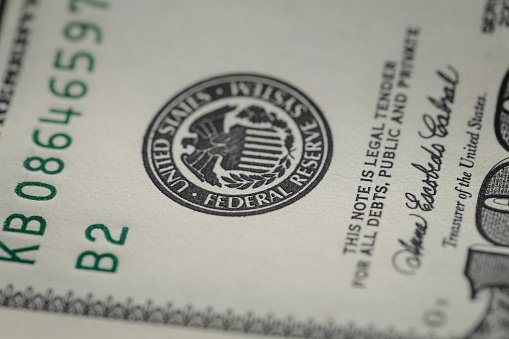
Markets
It was correction time yesterday on (parts) of global markets. Equities and (some) commodities fell prey to what we for now still consider a profit taking move on the recent protracted rally. Investors are pondering how much stimulus and the positive impact of vaccinations further out this year is already discounted. Recent rise in core, especially US, yields maybe also complicates the valuation exercise. US equities declined between 0.29% (Dow) and 1.25% (Nasdaq). European indices mostly lost slightly less than 1%. Despite the equity correction, the interest rate part of the reflation trade still survived. US yields rose 1 bp (2 & 30 -y) to 3 bps (10-y). The Treasury sold $68.3 bln of 3-y notes at a yield of 0.234% (WI 0.231%). The metrics of the auction were OK. Bond markets are following the nascent debate in the Fed on the timing of the communication on tapering of bond buying, potentially to start later this year (cf headline infra). The rise in LT US yields was again driven by a rise in real yields. German bunds this time also to a large extent followed the US with yields rising 0.2bps (2-y) and 3.6 bps (30-y). The rise in US real yields and the equity correction supported the USD rebound. EUR/USD closed at 1.2151. The DXY trade-weighted dollar closed well north of 90 (90.46). Sterling succeeded a further rebound despite UK PM Johnson warning on stricter lockdown measures and BoE Tenreyro keeping the door open for further policy stimulus, including negative rates. EUR/GBP closed at 0.8990.
Asian equities show a mixed picture this morning with Japan and Chinese indices gaining despite the WS correction. Most other indices are in the red but losses are moderate. (US) yields are holding near recent peak levels and so does the dollar (EUR/USD 1.2150, USD/JPY 104.20). The yuan remains rather well bid (USD/CNY 6.46). Later today,the eco calendar is thin. The US NFIB small business confidence is interesting but no market mover. Several Fed members including George and Rosengren will speak on the economy/policy. US treasury will sell USD 38bln of 10-y bonds in the second part of it monthly refinancing operation. In Belgium, we look out for the sale of a new 10-y benchmark via syndication (OLO 92, Oct 2031). On the interest rate markets, we look out how far the rise in LT US yields, propelled by higher real yields, can go. A slowdown in this process might be on the cards as soon as this week’s supply is out of the way. For the 10-y German yield (currently -0.495% area) the 0.46% November top is next reference on the charts. For now we also still consider the USD rebound as corrective in nature. The EUR/USD 1.2059/11 is a first strong support. For EUR/GBP 0.8932 is first intermediate support ahead of the key 0.8865 area.
News Headlines
The UK Financial Conduct Authority (FCA) warned consumers of the risks of investments advertising high returns based on cryptoassets. If consumers invest in these types of product, they should be prepared to lose all their money. The FCA adds lack of access to the likes of a Financial Ombudsman or the Financial Services Compensation Scheme in case something goes wrong. Other risks apart from consumer protection are price volatility, product complexity, charges and fees and marketing materials. The price of the well-known Bitcoin yesterday tumbled from 39k to an intraday low of 30k, before rebounding to 35k, at least proving the FCA right on the volatility issue. Bitcoin traded just above 10k at the end of Q3 2020.
Will the Fed be in the position to slow asset purchases before the end of the year? It’s one of the topics that will steer trading this year. At this stage, it’s a minority view. Atlanta Fed Bostic repeated he’s open to a potential late-2021 tapering. Dallas Fed Kaplan was less outspoken, but at least wants the discussion to begin later this year. Richmond Fed Barkin agrees with his colleagues that the Biden administration and vaccination process offer bright prospects for H2 2021, but believes it’s too soon to pinpoint a date on slowing the current $120bn monthly purchases. “We’ve given outcome guidance (substantial progress to policy goals), not date guidance. Unemployment was 6.7% when we gave that guidance, inflation was 1.4%. It is still both in the same place”. Several other governors shed their light on policy later this week.


 Signal2forex.com - Best Forex robots and signals
Signal2forex.com - Best Forex robots and signals




